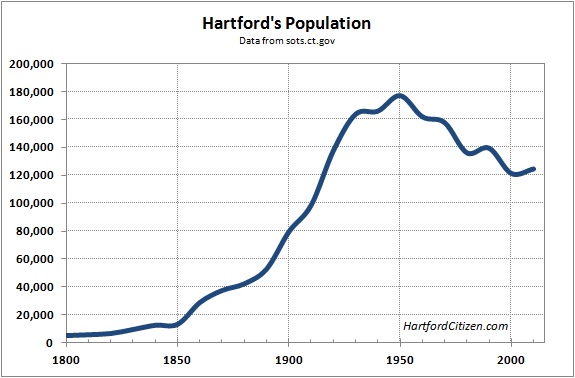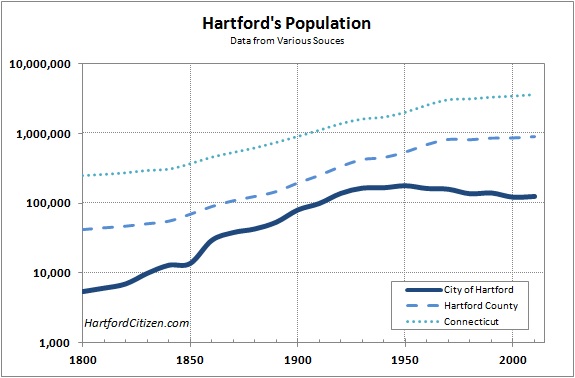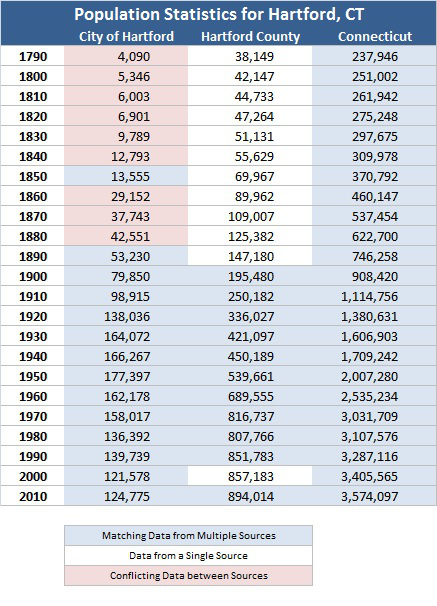Note: The list below is adapted from other sources, which are provided at the bottom.
It is important to have a variety of opinions in every discussion. Diverse opinions provide perspective. They make us think. They help us grow. Without a variety of opinions there is nothing to discuss. But strongly held opinions, when forcefully argued by any means possible, usually undermine a debate.
Many discussions take place online in this day and age. Online discussions have a different character than face-to-face conversations. One of the downsides of online discussions is that they more easily stray off topic.
I frequently encounter comments online that disrupt the productive debate of ideas. Some of these comments are intentional attempts to avoid the issues or manipulate; others are made in good faith but have the same effect.
Disruptive comments bother me. My sense is that they also bother other people. Here is a strategy to deal with them … flag them as examples of a way that issues are dodged, or a discussion is disrupted.
When involved in a discussion and someone uses one of these strategies, point it out. Link to this article and lightheartedly say something like, “Nice example of a Shout Down (#6)!” Once enough people in the group understand and recognize these techniques, they will lose much of their disruptive power.
1. Name Calling and Ridicule. Associate opponents with unpopular labels such as ‘kooks’, ‘right-wing’, ‘liberal’, ‘left-wing’, ‘terrorists’, ‘conspiracy buffs’, ‘radicals’, ‘militia’, ‘racists’, ‘religious fanatics’, ‘sexual deviates’, and so forth. This makes others shrink from support out of fear of gaining the same label.
2. Emotionalize, Antagonize, and Goad. Chide and taunt your opponents and draw them into emotional responses which will tend to make them look foolish and overly motivated, and generally render their arguments somewhat less coherent. Not only will you avoid discussing the issues in the first instance, but even if their emotional response addresses the issue, you can further avoid the issues by then focusing on how ‘sensitive they are to criticism.’
3. Suggest Extreme, Counter-Productive Solutions. Ideas that are wholly disproportionate to what is being discussed distract from the conversation and discredit the attempt to spread the facts and work towards a resolution.
4. Become Incredulous and Indignant – “How dare you?!” Focus on side issues that can be used to show the topic as being critical of some otherwise sacrosanct group or theme.
5. Polarize. Segregate the participants into groups by raising emotional or partisan issues. This prevents the conversation from moving forward through cooperation and collaboration. Push any and all hot buttons available.
6. Shout Down Comments. Coordinate with a couple of others to “shout down” opponents’ comments. This is especially effective when the posters launch an avalanche of comments in quick succession … the original comment gets lost, or attacked so much that it is largely lost.
7. Quantity Over Quality. Make a rapid succession of replies to a criticism so that the opponent’s comment is lost in the conversation thread. This obscures conflicting, and potentially valid, points so that your position cannot be evaluated in any detail.
8. Use a Straw Man. Find or create an element of your opponent’s argument which you can easily knock down to make yourself look good and the opponent to look bad. Either make up an issue you may safely imply exists, or select the weakest aspect. Amplify their significance and destroy them in a way which appears to debunk all the charges, real and fabricated alike, while actually avoiding discussion of the real issues.
9. Hit and Run. In any public forum, make a brief attack of your opponent or the opponent position and then scamper off before an answer can be fielded, or simply ignore any answer. This works extremely well in environments where a steady stream of new identities can be called upon without having to explain criticism or reasoning. Simply make an accusation or other attack, never discussing issues, and never answering any subsequent response, for that would dignify the opponent’s viewpoint.
10. A Lost Cause. Paint the entire situation as unsolvable. If people talk about taking constructive action, write things to discourage them. Encourage people to be apathetic instead of trying to change things. This causes those following the matter to lose interest more quickly without having to address the issues.
11. Demand Complete, Fool-Proof and Guaranteed Solutions. Pretend that discussing any idea that is less than perfect is a waste of time. Since perfect solutions are nearly impossible, and even more rarely the initial proposal, this avoids discussing the subject entirely.
12. Change the Subject. Usually in connection with one of the other techniques, find a way to side-track the discussion with abrasive or controversial comments in hopes of turning attention to a new, more favorable topic. This works especially well with companions who can ‘argue’ with you over the new topic and polarize the discussion arena in order to avoid discussing more important issues.
13. Question Motives. Twist or amplify any fact which could be taken to imply that the opponent operates out of a hidden personal agenda or other bias. This avoids discussing issues and forces the opponent on the defensive.
14. Invoke Authority. Claim authority for yourself, or associate yourself with authority. Present your argument with enough ‘jargon’ and ‘minutia’ to illustrate you are ‘the one who knows.’ Simply assert you are correct without discussing issues, or demonstrating concretely why, or citing sources.
15. Play Dumb. No matter what evidence or logical argument is offered, avoid discussing issues. Deny that evidence or arguments have any credibility, make any sense, provide any proof, contain or make a point, have logic, or support a conclusion. Mix well for maximum effect.
16. Rehash Old News. Many ideas and proposals face early criticisms that are quickly addressed. Continue reviving the original objections as a way to avoid focusing on the current issues.
17. Ride the Coattails of Old News – a derivative of the Straw Man. Many ideas and proposals face early criticisms that are quickly addressed. When new objections arise, link them to the original criticisms (that have already been resolved) and dismiss them all as rehashing old news without addressing the new issues.
18. Ignore Proof Presented and Demand Impossible Proofs – a variant of Play Dumb. Regardless of what material may be presented by an opponent in public forums, claim the material irrelevant and demand proof that is impossible for the opponent to produce.
19. Create False Evidence. Whenever possible, introduce new facts or clues designed and manufactured to conflict with an opponent’s presentation. This is a useful tool to neutralize sensitive issues or impede resolution.
20. Create a Bigger Distraction. If none of the other strategies seem to be working, then create bigger news stories (or treat lesser stories as more important) to distract the multitudes.
==============================================
These strategies come from two primary sources, either directly or with edits.
The first source is H. Michael Sweeney’s article called Twenty-Five Ways to Suppress Truth: The Rules of Disinformation. Sweeney’s piece appears to have been initially written in 1997, before the widespread adoption of the internet, and be geared towards managing public scandals.
The second source, Washington’s Blog, adapted Sweeney’s information and pulled in some other sources in a piece titled How to Spot – and Defeat – Disruption on the Internet. This piece was first posted in 2012, and is clearly more focused on internet discussions. However, it has a national/international events bias that doesn’t apply to the online conversations I frequent.
My goal is to reframe the strategies in a more general context, so that they feel relevant to any type of online conversation. I also have attempted to be less harsh in judging those who employ the strategies. All of us have used them at one point or another – after all, they’re very effective.
Those whose participation in a group is almost entirely defined by these approaches need to understand that they are disrupting the group’s discussion.




